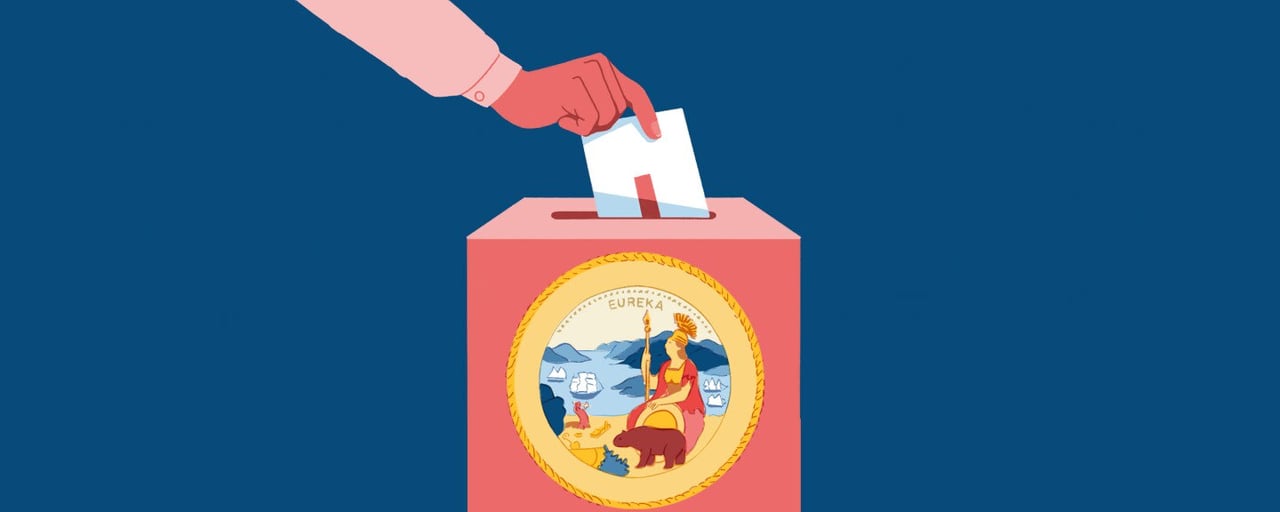$20 billion Bay Area housing bond pulled from the November ballot
With polls showing dwindling support for new taxes, Bay Area Housing Finance Authority votes to remove bond measure, try again another year
Despite years of studies, enthusiasm from local elected officials and widespread concern about the Bay Area’s lack of affordable housing, regional leaders decided to remove the $20 billion regional housing bond from the November ballot in a special meeting Wednesday.
Citing voters’ dwindling support for new taxes, the Bay Area Housing Finance Authority, the regional body that approved putting the measure on the ballot in June, voted unanimously to pull the plug in a highly unusual move.
“We’re all disappointed here, knowing and understanding that there’s a lot of affordable housing that’s not going to be built,” said Oakland Mayor Sheng Thao, a BAHFA board member.
Pulling the bond from the November ballot is a major blow to leaders of Bay Area cities and counties, who have been counting on the funds to help build new income-restricted housing and interim shelters for the homeless. If voters had approved it, the housing bond would have been the largest in California history, providing funds to preserve and build up to 90,000 affordable homes.
The decision came at the eleventh hour: per California elections code, Wednesday was the last day to withdraw a measure before the November election.
A poll conducted in early June and commissioned by BAHFA found that after receiving detailed information regarding the benefits of a potential housing bond, 55% of voters supported it — below the two-thirds vote threshold currently required to authorize a bond. The bond could actually pass with just 55% in support — if voters in November also approve a separate amendment to the California constitution on the ballot, Proposition 5, that would reduce the threshold to that level.
But that amendment’s viability came under threat in recent weeks. On Aug. 1, the Sacramento Superior Court sided with the Howard Jarvis Taxpayers Association on their lawsuit over the amendment, ruling that the ballot label — “ALLOWS LOCAL BONDS FOR AFFORDABLE HOUSING AND PUBLIC INFRASTRUCTURE WITH 55% VOTER APPROVAL” — needed to be rewritten. By including only the 55% figure, the label “fails to inform” voters of Prop. 5’s main purpose: lowering the threshold for bonds, the ruling found. Supporters of Prop. 5 worried that this could reduce its appeal to voters. Although the state appealed its ruling and won, which would allow Prop. 5’s wording to stand, BAHFA board members during the vote said that they felt they needed to focus their efforts on passing Prop. 5 first, and then turning to the affordable housing bond, rather than trying to tackle both in the same election year.
“We have to be strategic,” said Contra Costa County Supervisor and BAHFA Board Member Federal Glover during the vote. “What’s important is Proposition 5, and getting that measure across the finish line. It will give us a greater opportunity of success with our housing bond.”
The affordable housing bond, also called Regional Measure 4, has also faced its own legal challenges. Last week, a group of opponents sued BAHFA over its own wording of the measure, which they said was biased and inaccurate. Even the bond’s biggest supporters had started to sour on the bond in recent days. Yes on RM4 — a group funded by the Non-Profit Housing Association of Northern California, affordable housing developer MidPen Housing, and the Marin Community Foundation, among others – sent an email to supporters Tuesday recommending that BAHFA remove the bond from the 2024 ballot.
With “the combination of tightening polls, funding amassing against our effort and complications on ballot language, it has become very clear we must focus on State Proposition 5, which is critical for our success, and fight for the Regional Measure on a later ballot,” the group wrote.
A loss for the bond this year would make it more challenging to pass in the future. Withdrawing the measure now allows BAHFA to wait and see whether Prop. 5 passes, and if so, potentially come back with the bond in March 2026, when there will be a contested primary for the governor’s race, with turnout among Democrats expected to be higher.
If the housing bond does go on the ballot in 2026, though, that could conflict with a different proposed regional bond to fund public transportation and street improvements. The bond has not been without critics, who mainly take issue with its high cost. The bond would levy an estimated annual property tax of $18.98 per $100,000 of assessed value, or about $265 per year for a $1.4 million home or commercial property. The total cost, including principal and interest on the bond, is estimated at $48.3 billion and would take more than 50 years to pay off.
San Jose Mayor Matt Mahan said waiting to bring the measure before voters could allow officials to devise an accompanying plan to lower construction costs, which in San Jose can reach almost $1 million to build a single affordable apartment. In an interview, he floated ideas, including requiring investments in prefabricated construction materials and requiring local governments to speed up the approval process for new developments.
“It’s disappointing, but I support the decision,” Mahan said. “The silver lining is that we have more time to work on those reforms.”
Source: https://www.mercurynews.com/2024/08/13/20b-bay-area-housing-bond-could-be-cut-from-the-ballot/





